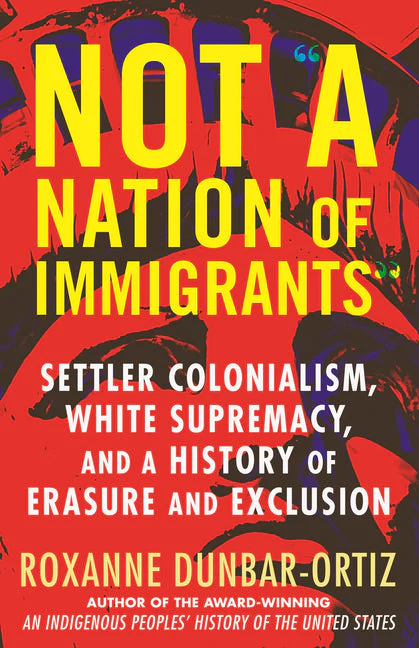THE CONTINGENT STATUS OF MEXICAN WORKERS
The 1882 Chinese Exclusion Act was the first federal immigration law, marking the first time that a particular group was designated as “illegal.” Because of the exclusion, many Chinese immigrants entered the US through México, so the US further tightened restrictions at the border. The second law was the Immigration Act of 1917, extending exclusion to all Asians. That law targeting Asians also required an eight-dollar-per-person fee and a literacy test to enter the United States. The impact was immediate, reducing the number of legal immigrants at the border from 295,000 in 1917 to 111,000 in 1918. The draconian 1924 Johnson-Reed National Origins Act limited the number of immigrants allowed entry into the United States through a national origins quota that provided visas to 2 percent of the total number of people of each nationality in the United States as of the 1890 national census. The total number of immigrants allowed entry under the law was 165,000. The total number admitted in 1924 was 162,000, of which 141,000 were from Northern and Western Europe.
There were only 78,000 Mexicans counted in the 1890 US census, but the restrictive quotas did not apply, because a quota exception was made for workers from Western Hemisphere countries, which meant México, as immigration from the other Latin American countries was minimal. This exemption resulted from the political power of the business interests in the western states. The agricultural and mining industries were dependent on Mexican labor, which they preferred precisely because of the absence of the workers’ bargaining power at the height of US labor wars. The Mexican workers, supporting large extended families and communities in México, worked cheap and withstood harsh working conditions to keep their jobs. Following the Mexican Revolution with the reform government in power, Mexican authorities attempted to persuade people to stay and work to rebuild war-torn México, but in reality, there were few jobs in México. The 1917 Mexican constitution guaranteed free movement but required work contracts in order to emigrate legally, which were nearly impossible to obtain, so the migrants’ exit was usually undocumented, as was their entry into the United States, making them vulnerable to exploitation.
